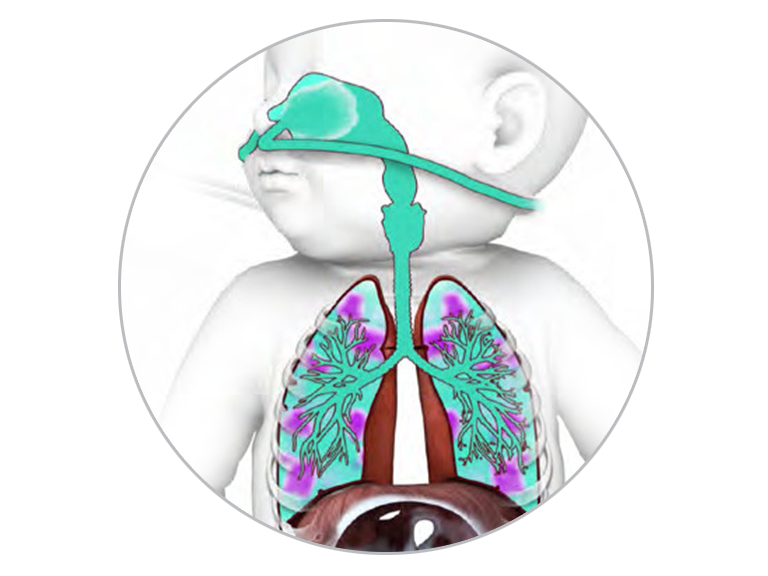

ResultsĮxpiratory flow rate, breath hold and the inclusion of anatomic dead space significantly altered “breathprints” in healthy individuals (p 0.05). Exhaled air samples were processed with Cyranose 320 electronic nose. We also studied the effect of anatomic dead space by excluding this fraction and comparing alveolar air to mixed (alveolar + anatomic dead space) air samples. The effect of breath hold was analysed after 10 seconds of deep inhalation. After deep inhalation through a volatile organic compound filter, subjects exhaled at two different flow rates (50 ml/sec and 75 ml/sec) into Teflon-coated bags. Methodsģ7 healthy subjects (44 ± 14 years) and 27 patients with lung cancer (60 ± 10 years) participated in the study. Therefore, the aim of the study was to investigate these effects. Expiratory flow rate, breath hold and inclusion of anatomic dead space may influence the exhaled levels of some volatile compounds however it has not been fully addressed how these factors affect electronic nose data. Numerous studies showed their potential to detect lung cancer from breath samples by analysing exhaled volatile compound pattern (“breathprint”). A child under 1 year of age has a normal respiratory rate between 30 and 60 breaths per minute, but by the time a child is about 10 years old, the normal rate is closer to 18 to 30.Electronic noses are composites of nanosensor arrays. The normal respiratory rate of a child decreases from birth to adolescence. While blood oxygen levels are not the primary drive of respiratory rate, the respiratory center will receive input if they get dangerously low. The respiratory rate is controlled by the respiratory center located within the medulla oblongata in the brain, which responds primarily to input received from central and peripheral chemoreceptors that sense carbon dioxide and blood pH. Respiratory rate can be an important indicator of disease, as the rate may increase or decrease during an illness or in a disease condition. The respiratory rate is the total number of breaths, or respiratory cycles, that occur each minute. Respiratory Rate and Control of Ventilationīreathing usually occurs without thought, although at times you can consciously control it, such as when you swim under water, sing a song, or blow bubbles. (Image credit: "COPD_2010Side" by National Heart Lung and Blood Institute is in the Public Domain) Bronchioles lose their shape and are clogged with excessive mucus.

Lungs with COPD contain fewer alveoli after the walls between adjacent alveoli are destroyed, forming fewer, larger alveoli and reducing the surface area for gas exchange. \): Chronic Obstructive Pulmonary Disorder.


 0 kommentar(er)
0 kommentar(er)
